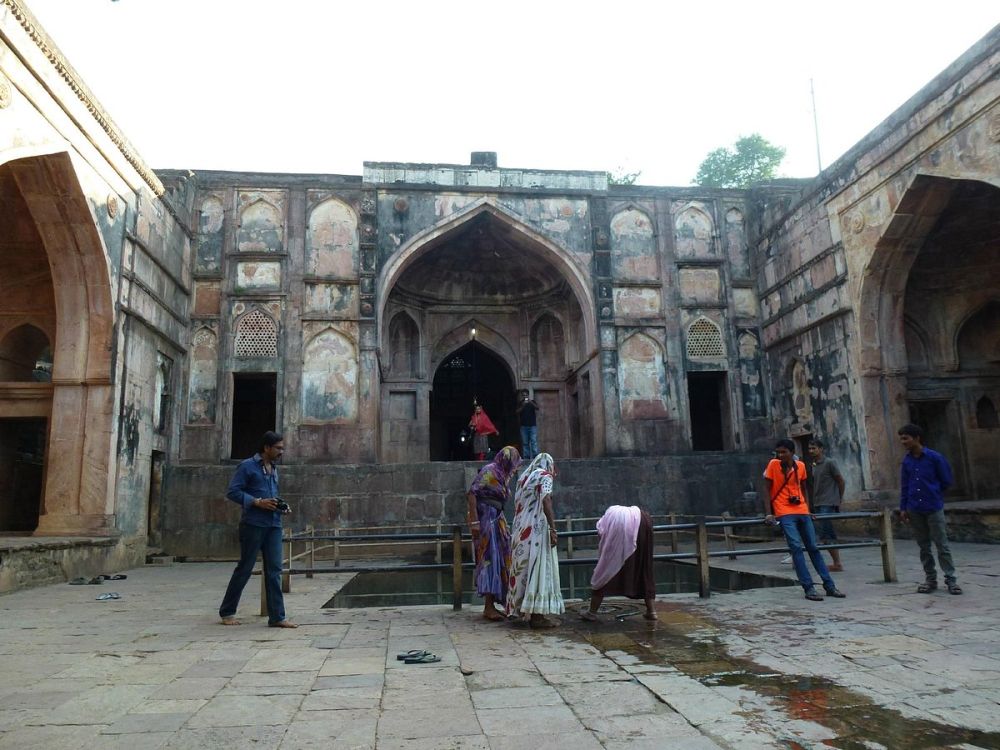

Tucked away in the scenic landscapes of Madhya Pradesh, the historic city of Mandu holds the majestic Nilkanth's Palace, an embodiment of cultural amalgamation. Mandu, also known as Mandavgarh, has been a significant tourist destination for decades, thanks to its rich historical backdrop that dates back to the 6th century BC.
The region rose to prominence under the rule of the Parmar dynasty, with notable growth during the Mughal empire. The construction of Nilkanth's Palace is closely tied to the Mughal conquest of Mandu in the early 15th century, under Emperor Akbar. Originally a Hindu shrine dedicated to Lord Shiva, it was repurposed as a palace by the wife of Akbar's Governor, Baz Bahadur, the brave Rajput king.
The shrine, situated near the palace, is an example of the intricate blending of Hindu and Islamic architectural styles that can be seen throughout Mandu. Tourism in the region has flourished by offering a glimpse into this rich historical era through its preserved ruins and stories.
In recent years, Madhya Pradesh Tourism has emphasized the enhancement of visitor experiences in Mandu with improved infrastructure and facilities. Active conservation efforts are in place to maintain the integrity of the ancient ruins, including Nilkanth's Palace.
The latest tourism trend focuses on sustainable and responsible practices, aiming to preserve the essence of Mandu's heritage. Tourism today is an intricate blend of storytelling, where guides vividly narrate tales of the past, augmented by light and sound shows, cultural festivals, and traditional performances. Moreover, engagements such as heritage walks, cycle tours, and photography expeditions at Nilkanth's Palace have become increasingly popular.
Eco-tourism is also gaining momentum, with initiatives that promote conservation while inviting travelers to enjoy the natural beauty that surrounds the historical sites. Mandu's annual festival showcases the region's culinary delights, crafts, music, and dance, drawing in a diverse crowd of enthusiasts and scholars.
When visiting the serene Nilkanth's Palace, tourists can expect to be transported back in time to an era of regal splendor and architectural grandeur. Surrounded by verdant forests and the captivating ruins of Mandu, the palace serves as a beacon of history and tranquility. Visitors are advised to carry cameras to capture the breathtaking views and spend some moments in reflection at the Nilkanth Temple next door - a site still frequented for worship amidst the ruins.
Tourists should note that the best time to visit is from October to March when the weather is most pleasant. The palace remains a testament to the region’s resilience and charm, inviting explorers from around the world to delve into its storied past.
As a testament to India's composite culture and architectural prowess, Nilkanth's Palace remains a significant piece of Mandu's tourism tapestry. Efforts to preserve such sites not only contribute to the local economy through tourism but also maintain the cultural heritage for future generations. Understanding its history and appreciating current tourism trends can enhance the experience for all visitors.